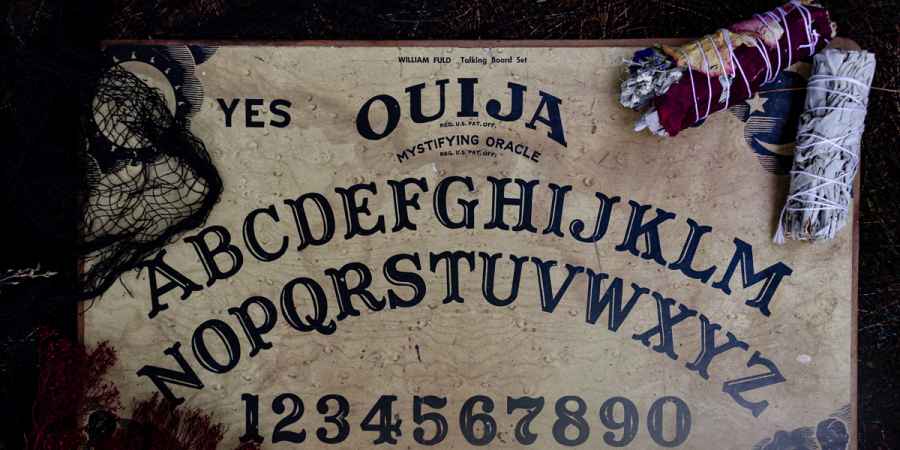
Photo: Emily MacDonald

Photo: Emily MacDonald
This page is more than two years old.
If you fancy speaking to the dead but don't have a Ouija board, then there are few easier and cheaper alternative methods you can try, most with everyday items.
Alternative methods of divination that are similar to a Ouija board have been used for centuries as a means of communicating with the spirit world. While Ouija boards are one of the most well-known forms of divination, there are many other methods that involve receiving messages or guidance from the other side. From automatic writing to pendulum divination and table tipping.
Below is a brief overview of some of these alternative methods of divination and how they can be used to attempt to communicate with supernatural entities.
Glass Divination
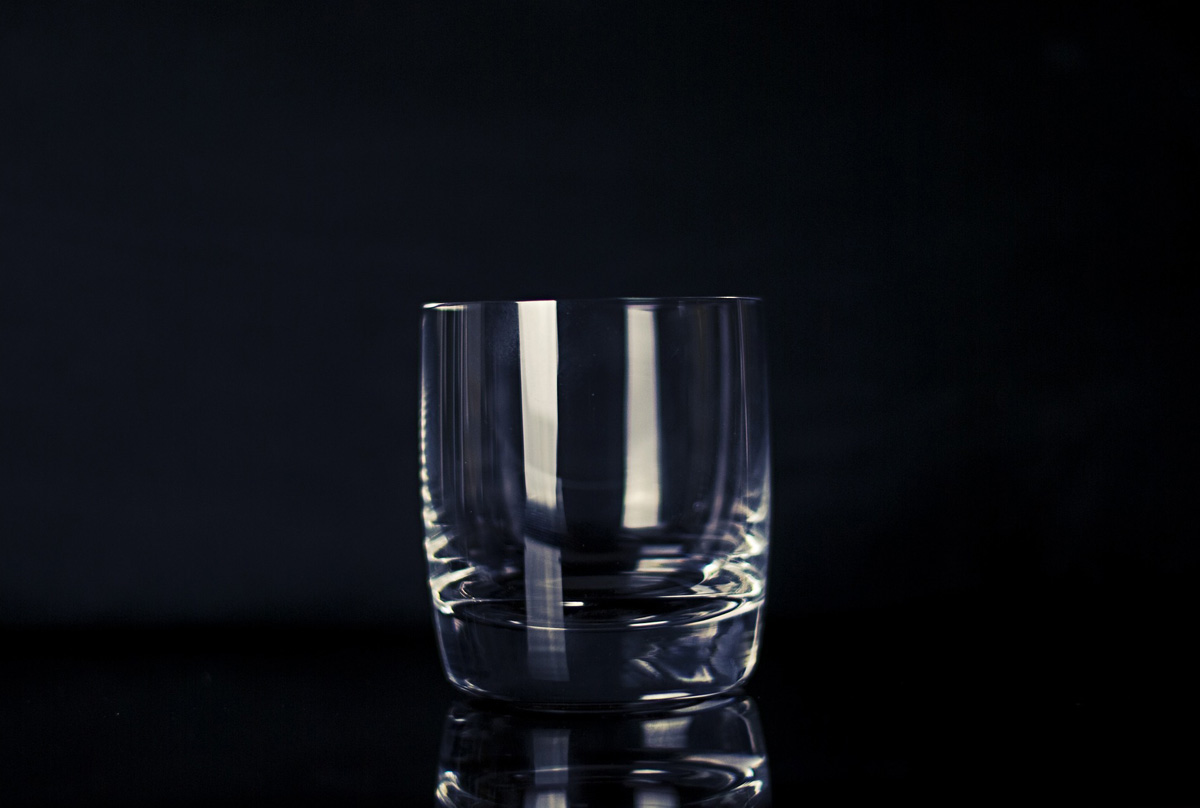
Photo: pixabay.com
Glass divination, also called "glass moving," is a form of divination that involves the use of a glass to communicate with spirits or other entities. Although a glass can be used on a Ouija board as an alternative to a planchette, in this method a board isn't required. Any flat surface, such as a table, will work.
To perform the glass-moving method, a group of participants typically sit around a table and place their fingers lightly on an upturned glass, with their other hand resting on the table. The participants then ask questions, usually "yes" or "no" questions, and wait for the glass to move in response.
The movement of the glass is said to be caused by the influence of spirits or other unseen forces, and the participants interpret the movements as answers to their questions. For example, you could suggest that moving the glass to one end of the table indicates "yes," while moving it to the other end signals "no."
Glass divination is often associated with spiritualism and was popularised in the late 19th and early 20th centuries as a means of communicating with deceased loved ones. However, it has also been criticised for its potential to be manipulated by the participants, either consciously or unconsciously, and for its lack of scientific evidence to support its claims of spirit communication.
To perform the glass-moving method, a group of participants typically sit around a table and place their fingers lightly on an upturned glass, with their other hand resting on the table. The participants then ask questions, usually "yes" or "no" questions, and wait for the glass to move in response.
The movement of the glass is said to be caused by the influence of spirits or other unseen forces, and the participants interpret the movements as answers to their questions. For example, you could suggest that moving the glass to one end of the table indicates "yes," while moving it to the other end signals "no."
Glass divination is often associated with spiritualism and was popularised in the late 19th and early 20th centuries as a means of communicating with deceased loved ones. However, it has also been criticised for its potential to be manipulated by the participants, either consciously or unconsciously, and for its lack of scientific evidence to support its claims of spirit communication.
Pendulum Divination
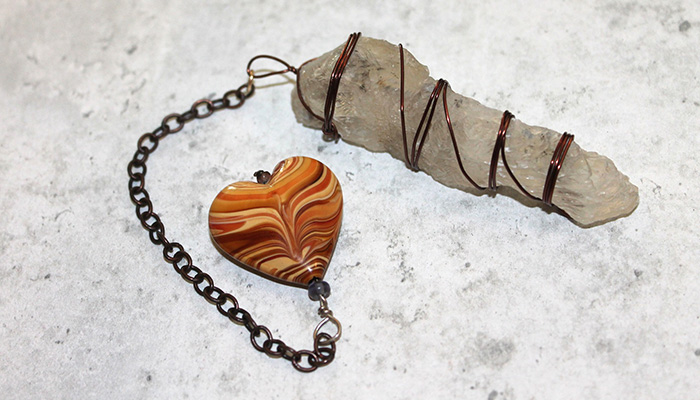
Photo: pixabay.com
Pendulum divination is a form of divination that uses a pendulum as a tool to receive messages from the spirit world, or to establish a connection with spiritual guides, angels, or deceased loved ones. The pendulum is typically a weighted object, such as a crystal, a metal ball, or a piece of wood, attached to a chain or string.
To perform pendulum divination, the practitioner holds the pendulum by the end of the chain or string and allows it to swing freely. The pendulum is then asked a question, and the practitioner interprets the direction of its swing as a yes or no answer.
Some practitioners may also use a pendulum chart, which is a circular or rectangular chart similar to a Ouija board with different answers or options printed on it. The pendulum swings over the chart, and the answer is determined by which option it points to.
Pendulum divination is based on the idea that the pendulum responds to the subtle energies or vibrations in the atmosphere. It is also used to gain insight into the future or to answer questions about the present or past, as well as access information that is not immediately available through other means.
While pendulum divination is not scientifically proven, many practitioners find it to be a useful tool for spirit communication.
To perform pendulum divination, the practitioner holds the pendulum by the end of the chain or string and allows it to swing freely. The pendulum is then asked a question, and the practitioner interprets the direction of its swing as a yes or no answer.
Some practitioners may also use a pendulum chart, which is a circular or rectangular chart similar to a Ouija board with different answers or options printed on it. The pendulum swings over the chart, and the answer is determined by which option it points to.
Pendulum divination is based on the idea that the pendulum responds to the subtle energies or vibrations in the atmosphere. It is also used to gain insight into the future or to answer questions about the present or past, as well as access information that is not immediately available through other means.
While pendulum divination is not scientifically proven, many practitioners find it to be a useful tool for spirit communication.
Automatic Writing

Photo: John-Mark Smith
Automatic writing is a form of divination or mediumship that involves the act of writing or typing without conscious control or intent. It is believed to be a means of communication with the spirit world. To perform automatic writing, the practitioner typically starts by entering in to a meditative state and setting an intention to receive messages from the spirit world.
If you don't feel comfortable or capable of inducing this state, then you can conduct an automatic writing session in the same way you'd use a Ouija board, using a suitable planchette that can hold a writing implement.
The type of planchette used for automatic writing is very similar to the type you'd find on a spirit board. It's typically made of wood or plastic, but in this case it has rollers or wheels and a hole through which a pen or pencil can be attached.
The planchette is placed on a large sheet of blank paper on top of a smooth surface, such as a table, and the practitioners place their fingers lightly on the planchette. From here on, the method is very similar to using a Ouija board, it involves encouraging the spirits to move the planchette in order to relay a message. In this case, the message will come in the form of writing on the paper rather than being spelt out as it is on a Ouija board.
If you don't feel comfortable or capable of inducing this state, then you can conduct an automatic writing session in the same way you'd use a Ouija board, using a suitable planchette that can hold a writing implement.
The type of planchette used for automatic writing is very similar to the type you'd find on a spirit board. It's typically made of wood or plastic, but in this case it has rollers or wheels and a hole through which a pen or pencil can be attached.
The planchette is placed on a large sheet of blank paper on top of a smooth surface, such as a table, and the practitioners place their fingers lightly on the planchette. From here on, the method is very similar to using a Ouija board, it involves encouraging the spirits to move the planchette in order to relay a message. In this case, the message will come in the form of writing on the paper rather than being spelt out as it is on a Ouija board.
Table Tipping
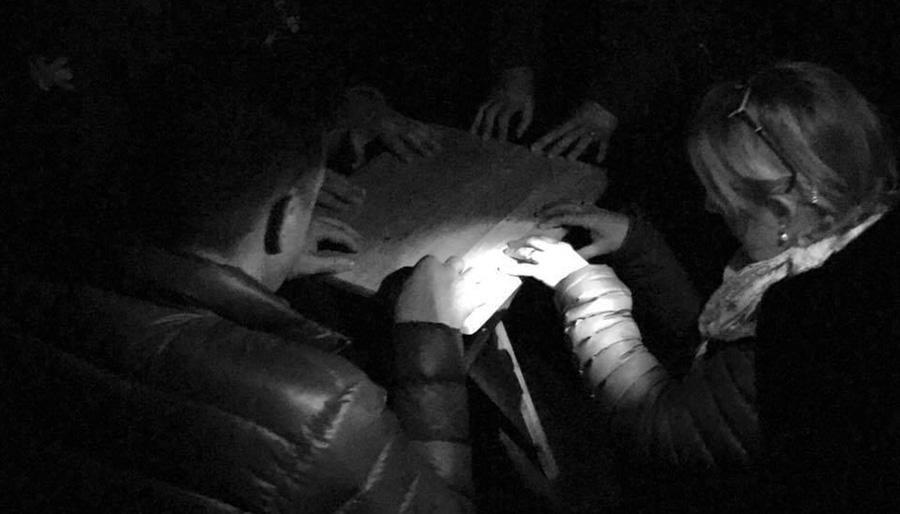
Table tipping, or table turning, is a form of divination or mediumship that involves the use of a small table or board that is tipped or moved in response to questions or encouragement.
To perform table tipping, the participants typically gather around a small table and place the tips of their fingers lightly on the edge of the table. The participants then encourage any spirits present to move the table, in much the same way they would encourage spirits to move the planchette on a Ouija board.
Although it's called table "tipping," the table may actually move in all directions. It has been known to rotate, rock, tip, or tilt in different directions in response to questions or instructions. The movements may be subtle or more pronounced, depending on the specific participants or the spirits they are allegedly communicating with.
To perform table tipping, the participants typically gather around a small table and place the tips of their fingers lightly on the edge of the table. The participants then encourage any spirits present to move the table, in much the same way they would encourage spirits to move the planchette on a Ouija board.
Although it's called table "tipping," the table may actually move in all directions. It has been known to rotate, rock, tip, or tilt in different directions in response to questions or instructions. The movements may be subtle or more pronounced, depending on the specific participants or the spirits they are allegedly communicating with.
Human Pendulum
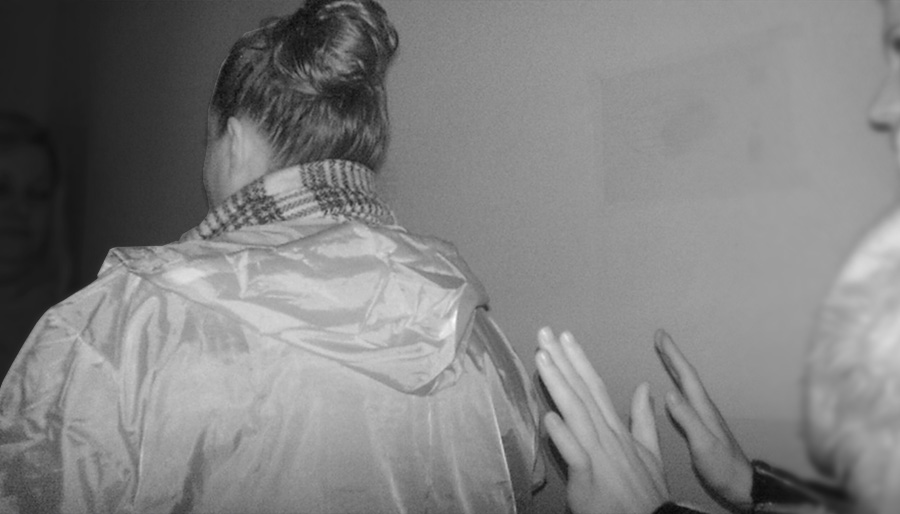
The human pendulum is a method of divination where the participant themselves is used as the method of communication. The way the experiment works is that one person stands in a clear, open space, and the other participants encourage the spirits to gently push that person in order to answer questions. They may be pushed forward to indicate "yes" and backwards to indicate "no." It's almost as if the person being moved is being used as a living Ouija board planchette.
Normally, two other participants will stand in front and behind the human pendulum ready to catch them, as it's not uncommon for someone to sway so much that they feel as if they have been pushed over and fall.
Normally, two other participants will stand in front and behind the human pendulum ready to catch them, as it's not uncommon for someone to sway so much that they feel as if they have been pushed over and fall.
Learn With Higgypop
Hosted by Paralearning in association with Higgypop, these courses on ghost hunting, paranormal investigations, and occult practices draw on the experience of our team of paranormal writers.
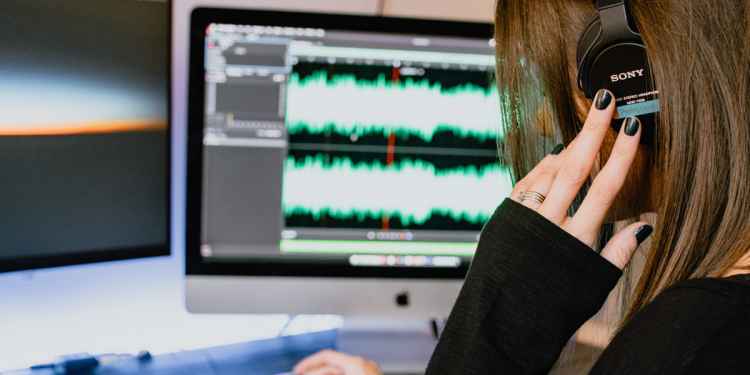
Diploma In Capturing & Analyzing Electronic Voice Phenomenon
This course gives you practical and useful knowledge of ghost hunting and paranormal research, which is invaluable when conducting your own paranormal investigations or as part of a group event.
View Course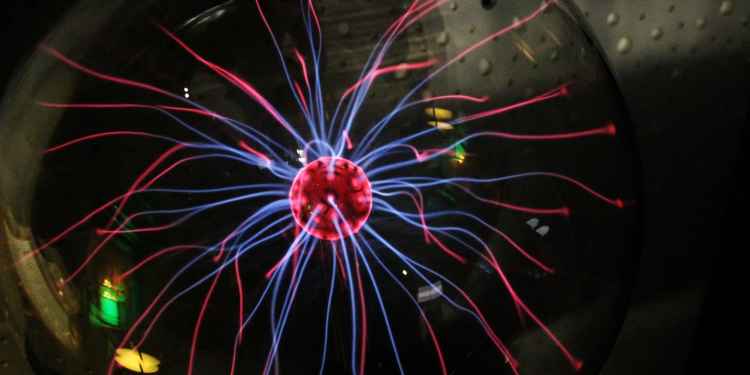
Diploma In Advanced Scientific Theory For Paranormal Investigators
This course gives you practical and useful knowledge of ghost hunting and paranormal research, which is invaluable when conducting your own paranormal investigations or as part of a group event.
View CourseMore Like This

Kate CherrellApril 14, 2025
Kate Cherrell's Debut Gothic Horror Novel 'Begotten' Arrives This May
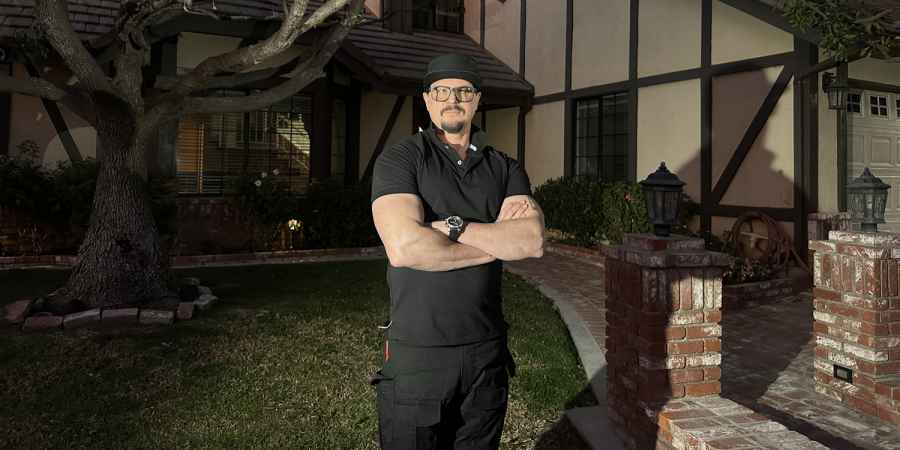
Ghost AdventuresApril 13, 2025
Watch A Sneak Peek Of The New Season Of 'Ghost Adventures'

UfosApril 12, 2025
What Do Astronauts Say About UFOs?

GhostbustersApril 11, 2025
How To Make Your Own 'Ghostbusters' Action Figure Using AI
 See More on Audible
See More on Audible
Comments
Want To Join The Conversation?
Sign in or create an account to leave a comment.
Sign In
Create Account
Account Settings
Be the first to comment.